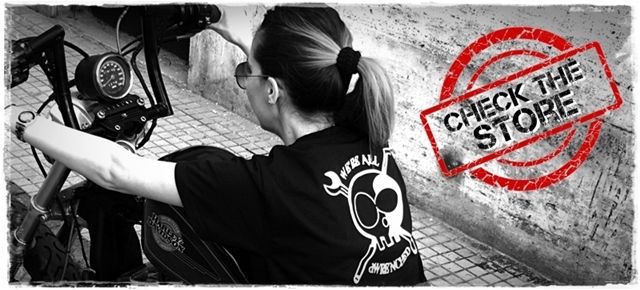Gabriel Voisin created Europe's first manned and engine-powered airplane, designed some of the coolest cars of the art deco era, and was one of the first to build modern prefabricated homes. His C6 Laboratoire racecars trumped Bugatti in almost every regard and the automotive brand he created in 1906, Avions-Voisin, had some of the most impressive and special designs in history before it shut down in the 1940's.
-via Airows
Voisin developed the unorthodox Type C6 in response to the Automobile Club de France’s new regulations for the 1923 season.
In six months Voisin and his chief engineer, André Lefebvre, designed the narrow, lightweight, aluminum-bodied Type C6 Laboratoire.It was an aerodynamic monocoque car with a streamlined profile inspired by the wing of an airplane. Its front end borrowed from Voisin’s Type C5 series, but its engine was based on the Type C4.
Aside from these known elements, the mechanics were entirely new, a fact honored by the Type C6’s nickname, Laboratoire. Like many Voisin prototypes, the Type C6 was a rolling laboratory for Voisin’s experimental technology. The sleeve-valve engine, previously four cylinders (1.32 liters), was a six-cylinder model that displaced 1.984 liters, yet retained the dimensions of a 62 millimeter bore and a 110 millimeter stroke. The efficient water pump, driven by a propeller, was mounted on the prow to enhance engine cooling. In addition, aluminum was incorporated into the chassis construction, not only making it rustproof, but also easier and safer to handle at the speeds achieved by Voisin’s powerful engine.
Unfortunately only one of the four Laboratoires competing in the
1923 Grand Prix de Vitesse finished the race, earning fifth behind three Sunbeams and a Bugatti Tank.
-via Mullin Automotive Museum , the owner of the C6 at this moment.
The steering wheel's shape helps the driver with more leg room and also more visibility while cornering. Another cool factor was the mesh windscreen... Less drag, more flow, more go.
Completly flat underneath (so again, low drag), light to about 750kg's and with an engine producing about 80hp's, the C6 could get up to 160km/h !
Photo credit :
For the first set of the C6, Jesse Just A Car Guy
2nd set by Switch Image
No photo credit given to the art pieces due to no infos found/provided.































"No photo credit given to the art pieces due to no infos found/provided"
ReplyDeleteHello,
some info of the first drawing of the C6...credit: Mapy - http://brute2bille.blogspot.fr/
Thanks.
This comment has been removed by a blog administrator.
ReplyDelete